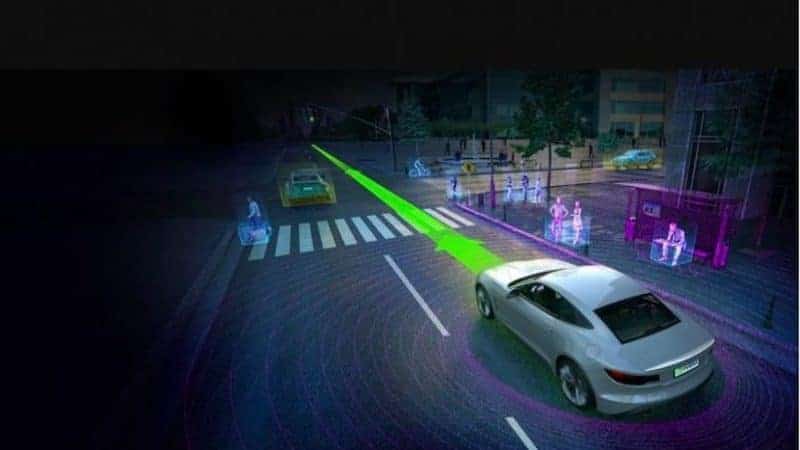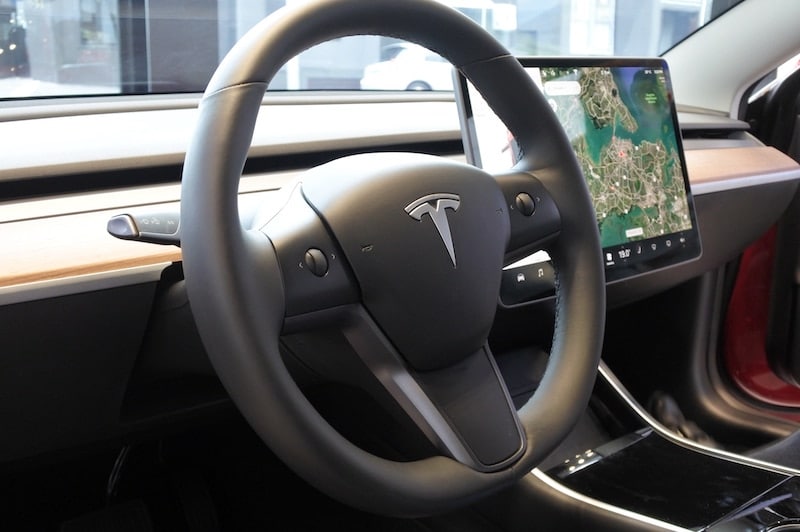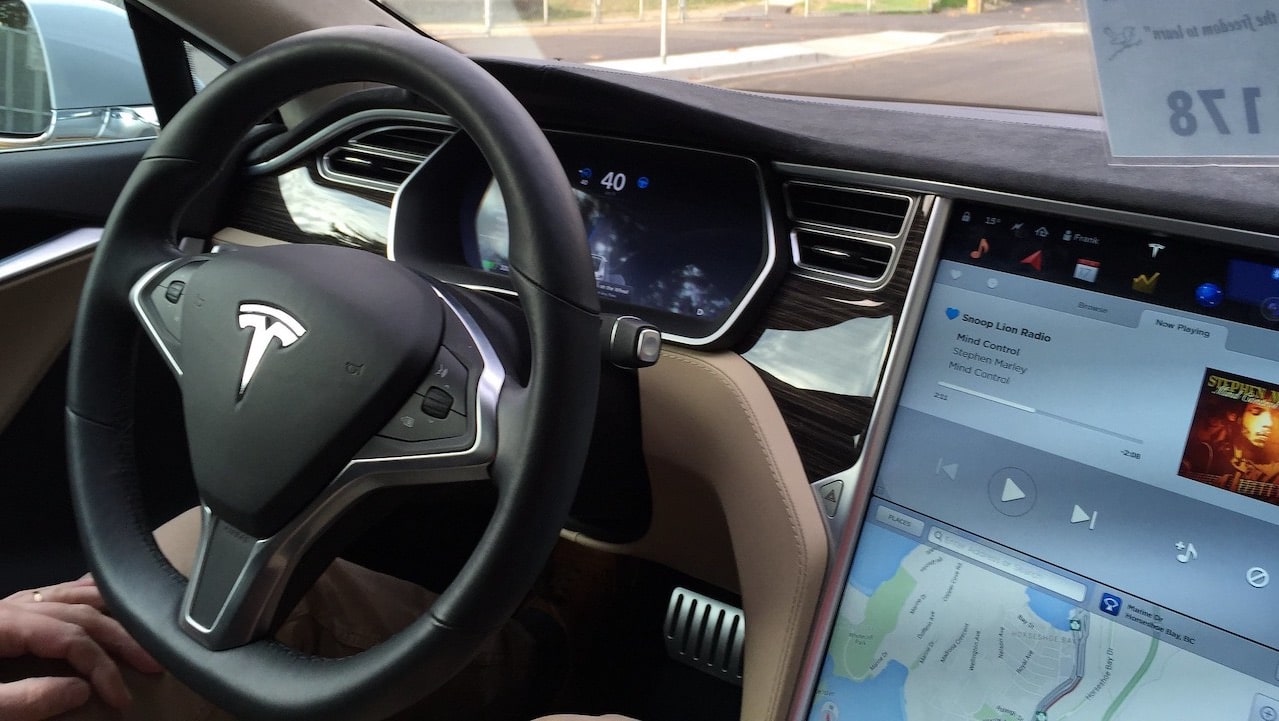The dream of self-driving cars stumbles upon a recent study.
More precisely, an investigation by MIT showed how Tesla’s Autopilot would favor driver distraction. This news happens in a few weeks to another not very favorable to Elon Musk’s company: the Nhtsa (National Highway Traffic Safety Administration) has opened an investigation into the alleged poor reliability of the autonomous driving system of the Californian car manufacturer.
Let’s go in order, remembering first what is meant by self-driving car, and then what Tesla’s Autopilot is.
Finally, we will take a closer look at the research by the Massachusetts Institute of Technology that imposes the Autopilot system.
Self-driving cars
L’aA self-driving car is a car capable of relieving the driver of all driving tasks.
This definition applies only to the fully autonomous car, for the achievement of which there are several mandatory steps. Without going into details, the range of a car can be calculated on a scale ranging from zero to five, where zero is the absence of autonomy and five is the total autonomy. That is, a car able to read the external environment thanks to a series of cameras and sensors, and to organize navigation by itself.
Level 4 is currently being tested in the US with Waymo robotaxis. At level 4 a car is almost completely autonomous, except in extreme conditions, such as in severe bad weather.

Tesla’s Autopilot
Tesla’s Autopilot is the self-driving system adopted by the Californian company.
As we read on the official website page dedicated to this technology, “all new Tesla cars are equipped with the necessary hardware to support fully autonomous driving in almost any situation in the future. The system is designed to be able to cover short and long distances without the intervention of the person sitting in the driver’s seat. “
The Autopilot is composed, among other things, of eight cameras with 360 degree visibility in a radius of up to 250 meters away. And then twelve ultrasonic sensors, a front radar system capable of reading the environment even in heavy rain and fog. And again a powerful on-board computer, a complex image processing system and the smart summon function to facilitate parking.
The studio of the Mit
Although Tesla’s Autopilot technology sounds loud, a study by MIT (Massachusetts Institute of Technology) questions its reliability.
Just as thousands of Tesla car owners are about to test the latest version of the Full Self-Driving beta software version 10.0.1, MIT’s research of 290 drivers in the Boston area has highlighted some problems.
In summary, anyone who uses partially automated driving systems lowers their attention span.
More precisely, with Autopilot on, Tesla drivers let their gaze wander more, concentrating less on the road. 22% of these peripheral glances lasted more than two seconds, not counterbalanced by enough glances to the front. Drivers also take their hands off the wheel more often, in short, relying excessively in technology.
The MIT report, we read, was certainly not drawn up to penalize Tesla. But because “it can be used as a reference for safety assessment or to formulate design objectives for driver management systems”.

The August survey
As we have already mentioned, Tesla’s Autopilot had already attracted the attention of Nhtsa, the American agency that deals with road safety.
To end up in the eye of the storm were the Model Y, Model X and Model 3, which between January 2018 and July 2021 recorded 11 accidents, for a total of 17 injured and one death.
Criticism of the beta software update
Even the beta version of the Full Self-Driving system, which as we have said will be tested very soon by a number of Tesla car owners, has turned up their noses.
In this case it is the NTSB (National Transportation Safety Board) that criticizes the security level of the latest software release. To the point that the president of the NTSB, Jennifer Homendy, has invited the automaker to subject the update to further checks, and to postpone the launch.
Autonomous driving: Xpeng undermines Tesla
The news is not happy for Tesla, at least in the field of autonomous driving, these days follow one another at a fast pace.
The latest attack comes from Xpeng (which Tesla took to court with Xmotors for suspected patent infringement). The Chinese company, which developed the Navigation Guided Pilot (NGP) system, has released a video in which one of its cars moves smoothly through traffic without any intervention from the driver.
If Elon Musk likes challenges, here he is.
















Leave a Reply
View Comments